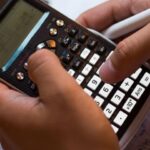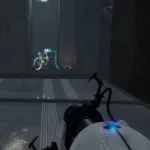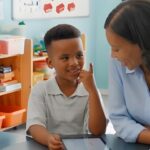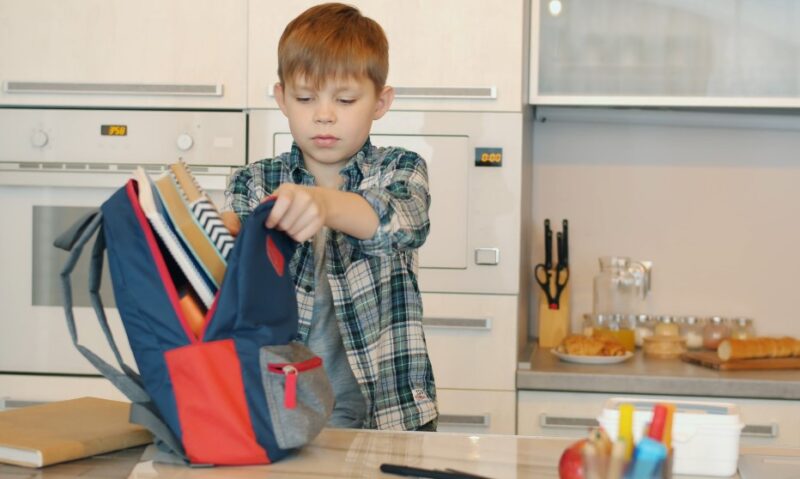
Share Post:
Starting first grade is a big step for children and parents alike. Many families describe it as a mix of pride, excitement, and just a touch of nervousness. Preparation helps calm those nerves. Having the right essentials not only makes the transition smoother but also teaches children responsibility and confidence. Parents who plan early often find mornings less stressful and their kids more eager to embrace this new chapter.
Table of Contents
Toggle1. The Backpack As The Anchor Of Preparation
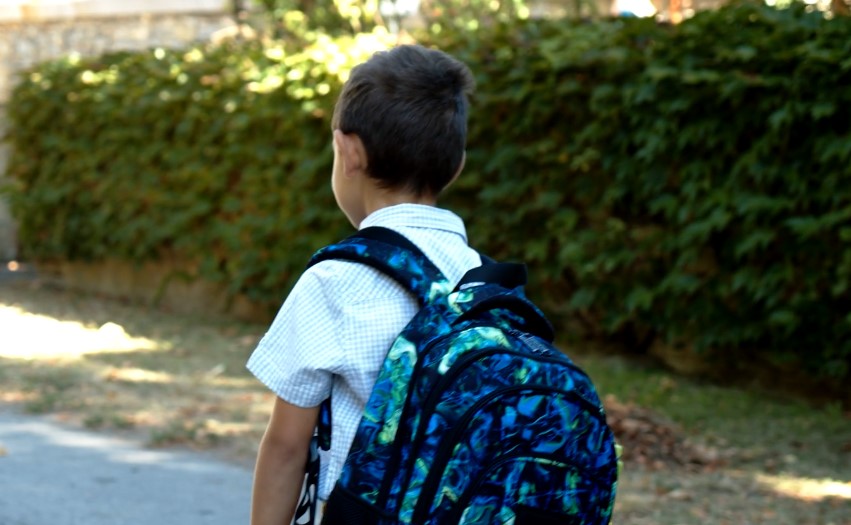
Every school day starts and ends with a backpack. Parents often underestimate its impact, yet the wrong one can cause back strain or constant frustration. According to the American Chiropractic Association, kids should carry no more than 10–15% of their body weight in their bags. That makes features like padded straps, chest clips, and lightweight design non-negotiable.
A practical checklist for parents:
- Padded, adjustable straps for growing bodies
- Multiple compartments to separate books, lunch, and supplies
- Side pockets for water bottles
- Chest clip for comfort on longer walks
- Durable fabric that resists daily wear
2. Notebooks and Supplies That Create Excitement
Writing materials may sound basic, but for a child, they represent creativity and ownership. A fresh notebook becomes a canvas for both schoolwork and imagination. Parents who go beyond plain supplies often see their kids more enthusiastic about tasks.
One idea is to give children custom notebooks. A personalized cover with their favorite colors or characters helps them feel proud of their work. Pair those notebooks with sturdy pencils, washable markers, and age-appropriate scissors to create a balanced toolkit.
3. Lunchtime Gear That Keeps Kids Fueled
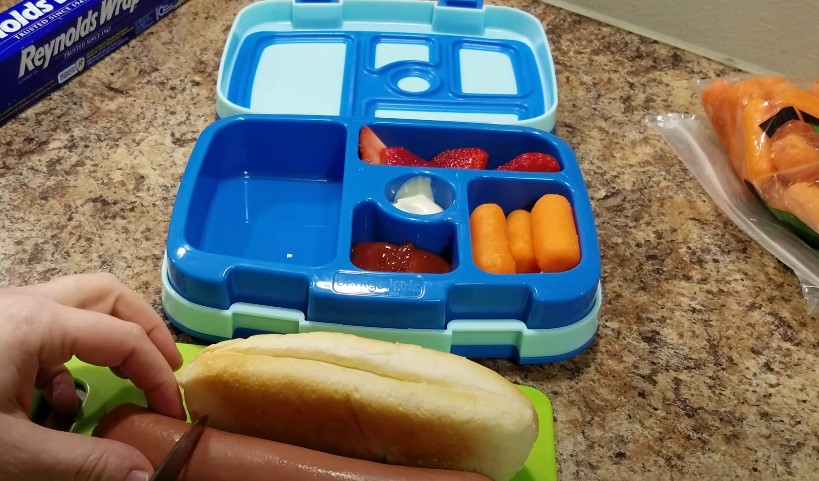
Nutrition links directly to classroom performance. The CDC notes that children who eat balanced meals concentrate better and achieve higher test scores. For parents, that means investing in a dependable lunch system.
- Insulated lunchbox: Keeps meals fresh until afternoon.
- Leak-proof containers: Easy for small hands to open.
- Reusable snack bags: Eco-friendly and cost-saving.
- Child-sized thermos: Ideal for soups or warm meals.
- Water bottle: Supports hydration and focus.
A smart lunch setup doesn’t have to be expensive, but it should be reliable. A child who feels secure knowing their meal will be tasty and accessible is less distracted and more focused on lessons.
4. Clothing and Shoes That Actually Work for Kids
Parents sometimes focus on style when practicality matters more. Shoes are especially important: the National Association of School Nurses reports that uncomfortable shoes are among the top distractions for younger students.
For everyday success, consider:
- Lightweight sneakers with good grip
- Breathable fabrics that reduce sweat
- Elastic waistbands for bathroom independence
- Layers like cardigans for shifting classroom temperatures
Children who can move freely without discomfort are more likely to participate in activities and less likely to complain during the day.
5. Small Tech Items That Support Learning
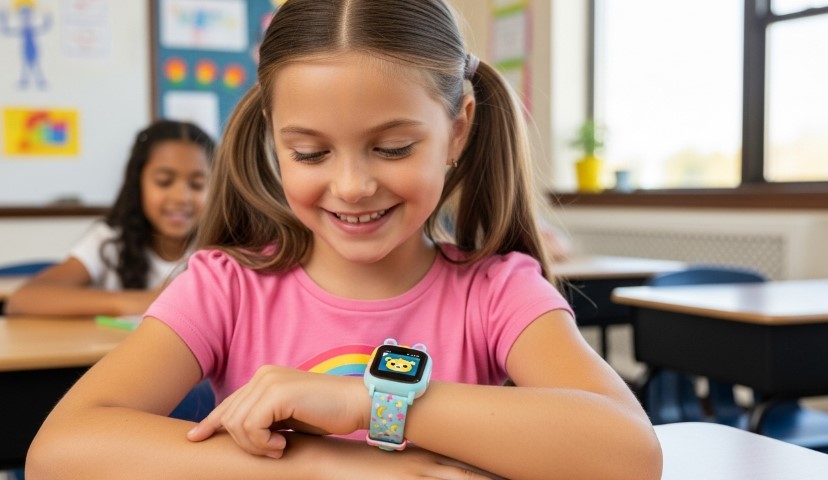
Classrooms increasingly use digital tools. First graders don’t need tablets for everything, but certain items help.
Table: Recommended Tech for First Graders
| Item | Why It Helps | Parent Tip |
|---|---|---|
| Child-safe headphones | Protects hearing, allows focus in digital lessons | Choose volume-limited models |
| Digital watch | Teaches time awareness and independence | Keep it simple with large numbers |
| Basic calculator | Optional, but handy for home practice | Use only for higher exercises |
Introducing small tech in age-appropriate ways builds familiarity without overwhelming kids.
6. Everyday Extras That Make School Feel Smoother
Beyond the core supplies, a few everyday items can make the difference between a stressful morning and a calm school day. Parents often overlook the small details that help children settle in more quickly.
A water bottle within easy reach keeps kids hydrated, a pack of tissues saves them from interruptions, and a simple organizer pouch prevents pencils and crayons from getting lost.
Even adding a spare sweater or pair of socks in the backpack can prevent discomfort from small surprises like a spilled drink or a chilly classroom. These extras don’t require big spending, but they give children confidence that they are prepared for whatever the day brings.
7. Organizational Aids That Help Both Kids and Parents
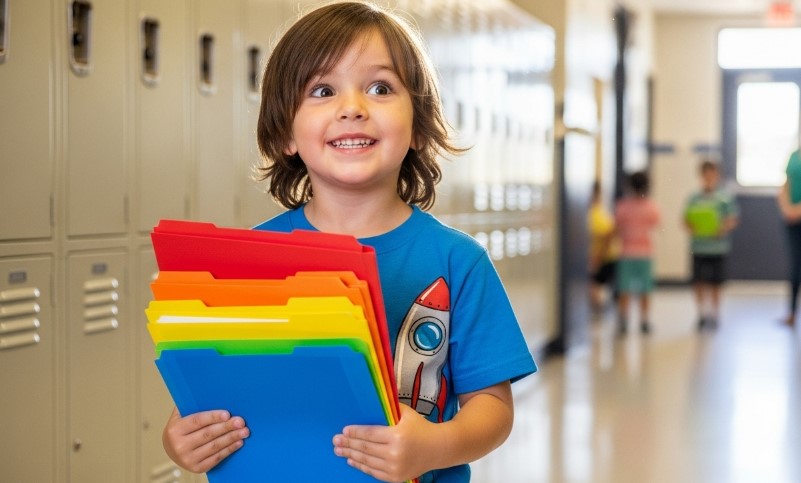
Structure makes mornings calmer. Experts in child development say that visual routines reduce stress and improve memory. Parents can introduce small systems at home to support independence.
Ideas that make a difference:
- Color-coded folders for subjects
- A wall calendar or magnetic board for events
- Dedicated “home spot” for backpacks and shoes
- Bedtime prep: laying out clothes the night before
Over time, these habits become second nature, making mornings smoother and school days less chaotic.
8. Hygiene and Health Supplies Every Parent Should Consider
Classrooms bring children together in close quarters, which increases the spread of germs. Parents can prepare by packing small hygiene items.
- Hand sanitizer in travel size
- Lip balm for winter dryness
- Sunscreen stick for outdoor play
- Clearly labeled water bottle
- Tissues in resealable packs
9. The Value of Labeling Everything
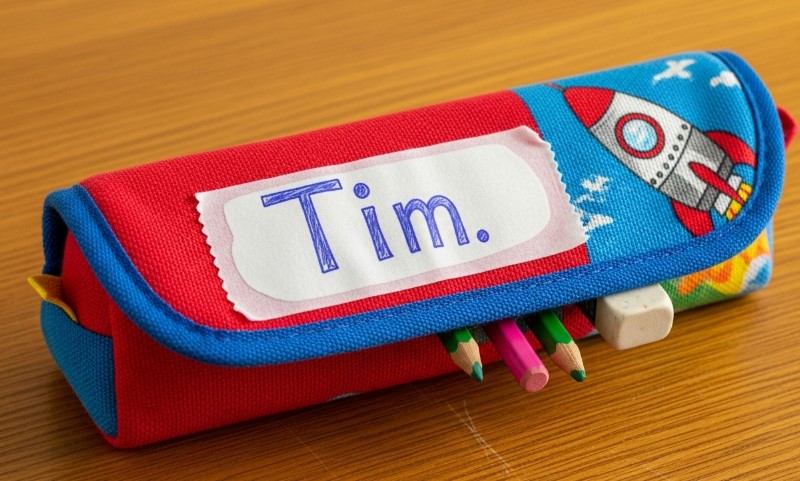
Parents often underestimate how much gets lost at school. The National Retail Federation reports that families spend around $700 per child on back-to-school shopping. Much of that vanishes in misplaced jackets, lunch boxes, and supplies.
Labeling prevents these losses. Permanent markers fade, so adhesive labels or iron-on tags are more effective. Kids respond well to labels with colors or icons, making them proud to keep track of their belongings.
10. Balancing Costs With Smart Choices
Back-to-school shopping can feel overwhelming financially. Experts recommend creating a tiered approach:
- High investment items: backpack, shoes, lunch system
- Mid-range items: notebooks, clothing basics
- Budget items: art supplies, extra folders
Parents who shop with other families sometimes reduce costs by buying in bulk. Some schools even arrange cooperative purchases to support families. A thoughtful plan ensures kids have what they need without financial strain.
Conclusion
Preparing a first grader goes far beyond filling a shopping list. It is about building confidence, creating comfort, and teaching independence.
Essentials like backpacks, notebooks, clothing, and hygiene supplies form the backbone of readiness, while personal touches and organizational aids reduce stress for families.
With careful planning, children feel supported, parents feel less rushed, and the school year begins with energy instead of anxiety.
Related Posts:



